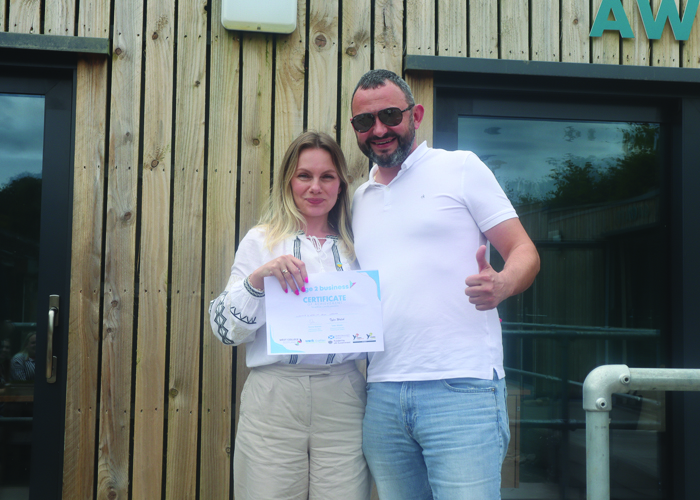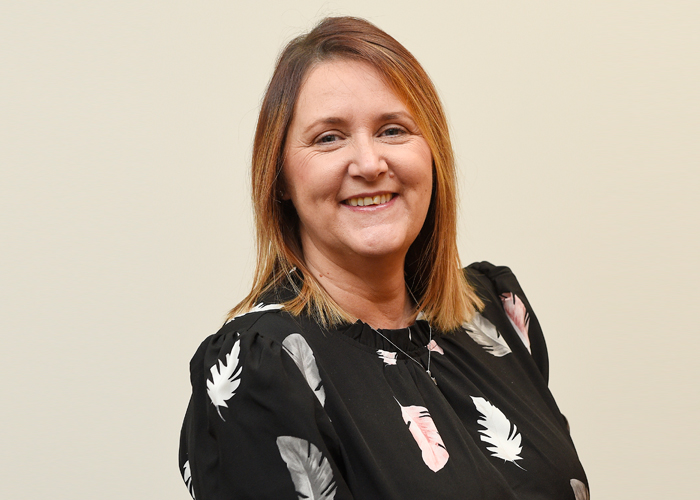The world of software development offers a complex and constantly shifting opportunity field for companies. The process of choosing the right development partner, like the one on this website, in this sphere, can be compared to the search for a treasure – it is always risky but may bring a lot of valuable gains. Of course, the outcome of your project and, perhaps, the fate of your company depends on how well and to what extent the end product meets your expectations.
Is Outsourcing the Right Path?
The siren song of outsourcing can be enticing, but a crucial first step lies in introspection. Deloitte finds that as many as 76% of businesses use software partnerships as a way to deliver their IT solutions. However, it is essential to understand that outsourcing is not a magic elixir. It is a business decision that has rather defined goals and objectives.
Here are some compelling reasons to consider a software development partner:
- Innovation acceleration: The talent deficit worldwide in 2023 has hit its highest level in 17 years, setting outsourcing as the go-to strategy to acquire the necessary talent fast. This is especially true for digital innovators who depend on the availability of the ready tech talent pool to introduce novel products.
- On-demand expertise: Working with a development firm ensures that organizations have an on-call pool of technical and subject-matter experts at the exact time they will be required, regardless of their in-house capacity. This is a blessing to organizations that may not be able to employ or afford to hire the talent and human resources to deliver innovation at the required rate.
- Focus on core business: This means that your internal team is left to focus on strategic functions while a development partner bears the responsibility of software development.
Key Considerations for Choosing a Partner
Having established the “why” of outsourcing, let’s delve into the “how.” When selecting a reliable partner, pay attention to the following factors:
- Industry focus: A good match will be a partner with experience in your business sector or prior work in similar projects. Their portfolio should have successful projects that align with your requirements. Don’t be afraid to delve deeper – ask for case studies that detail their approach and the challenges overcome.
- Technical prowess: Ascertain the partner’s technical capabilities. Do they possess the necessary skills and experience to handle your project’s specific technologies? Can they demonstrate a strong understanding of the latest trends and best practices?
- Communication style: Communication is considered to be one of the key factors that make the partnership successful. Assess your partner’s communication patterns – are those timely, professional, and to the point? Do their preferred communication methods align with your team’s needs?
- Cultural fit: Beyond technical expertise, consider the “soft skills” aspect. Does the partner’s company culture mesh with yours? Are their values compatible with your own? A strong cultural fit fosters collaboration, trust, and a smooth working relationship.
Beyond the Checklist
While the above criteria provide a solid foundation, consider these additional steps to unearth a truly exceptional partner:
- Reference check: Don’t underestimate the power of references. Reach out to past clients of the development firm and inquire about their experience. Ask pointed questions about communication, project management style, and the overall quality of deliverables.
- The interview: Organise face-to-face interviews with the development team working on your project. This enables you to gauge whether they are technical experts, problem solvers, or people who understand your vision.
- The contract: Always make sure that there is a strict contract before shaking hands. This document should state details such as the scope and objectives of the project, the tasks that will be accomplished, when they will be accomplished, how much it will cost, and who owns the rights to the project’s result.

Building a Long-Term Alliance
Selecting the software development partner is not something that happens a single time; it is the start of a long-term relationship. Here are some tips for fostering a successful, long-term collaboration:
- Transparency: In the context of the project, one must remember that transparency is the absolute king. It is highly recommended to remain as open as possible in every aspect of the project.
- Collaboration: This means that one should treat the development team as their own. When working in a team, one should provide status reports on a frequent basis, report on encountered issues and resolve them, and ask for feedback frequently.
- Milestones: Aim to recognize accomplishments. This positive reinforcement keeps the team motivated and develops a sense of achievement.
Following these tips, you’ll be ready to work through the enormous list of potential software development partners and find the one who is suitable for your project. Bear in mind that the perfect partner is not only an ordinary supplier but a reliable ally who spearheads the success of your company and ignites its growth.









